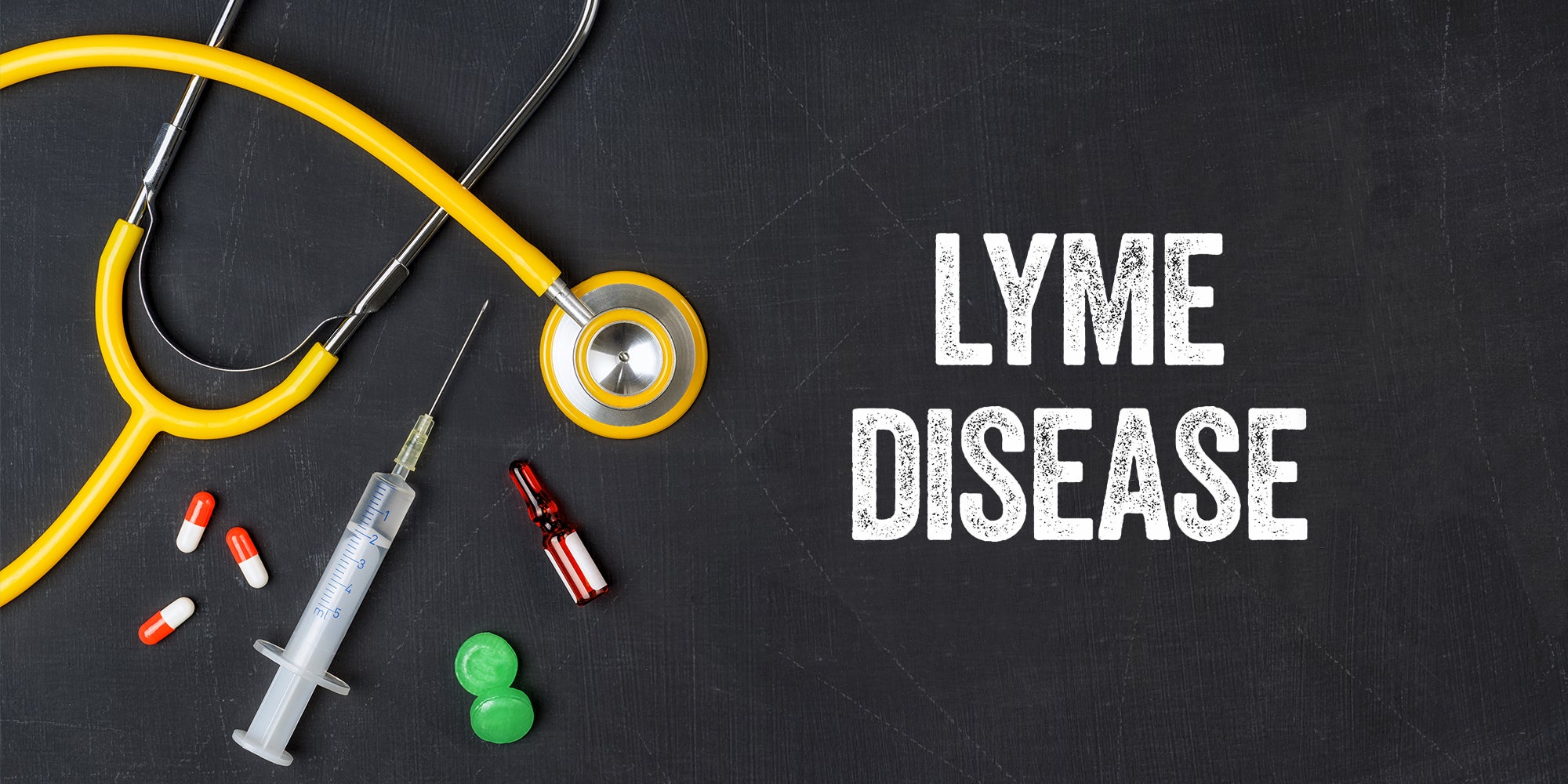The start of summer means many fun outdoor activities, but also means the start of tick season. We may find ourselves providing our little friends a snack – a small sample of our blood – as we enjoy the great outdoors this summer and into fall.
The most common tick-borne infection in the United States is Lyme disease. The Centers for Disease Control and Prevention have reported 30,000 cases annually for the past several years, and officially estimate the number of infections in the U.S. to be as much as ten times that number.
The first description of Lyme disease appeared in the 1970s in Old Lyme, Connecticut; however, it would not be until the late 1970s that we developed effective antibiotic treatments after developing a deeper understanding of the infection and diagnosis.
The deer (also known as black-legged) ticks that transmit Lyme disease exist in many parts of the continental U.S., and are very small. The juvenile stage of the tick is about the size of a poppy seed, while the full-adult stage ticks are only about 1/8 inch at their longest, and their bites do not hurt.
The ticks alone, however, are not sufficient to cause infection. The bacterium that causes Lyme disease has to be present in the animal population, usually consisting of populations of mice and deer, so the ticks in the area can acquire the infection and pass it on when they feed on a new "host" – including us.
Diagnosis of Lyme disease occurs in stages. The characteristic bullseye rash appears as early as 2 to 31 days after the tick has transmitted the infection, and may occur with or without symptoms of illness: fever, headache, stiff neck, muscle and/or joint pains and fatigue.
After this period of early infection (or without the rash appearing at all), early spread of the disease may occur, which may involve irritation of the heart, mild or moderate meningitis (inflammation of the tissues that cover the brain) or Bell’s palsy (paralysis of one side of the face).
Late spread of the disease, which generally occurs some weeks to months after the infection has started, usually appears as arthritis of a joint, most often a swollen and painful knee. Antibiotics will treat the infection at any point, but sooner is always better.
To acquire the infection, the right species of tick has to bite, and the tick must remain attached for at least 24 hours. Longer attachments of 36 to 48 hours increase the likelihood an infection will occur.
Of course, it is better to prevent Lyme disease than to have to treat it. Several effective insect repellents exist to reduce the likelihood of tick bite: DEET (any strength from 20 to 50%, preferably 25% for younger children and 35% for adults), picaridin 20%, or oil of lemon eucalyptus.
These usually are effective for six to eight hours, as long as swimming or excessive sweating does not wash them off. If your work or play takes you into brushy, bushy or grassy places, then lightweight but long-sleeved shirts and long pants, with the ankles tucked into socks, also help prevent tick attachment.
At the end of each day's outdoor activities, performing a visual "tick check" is an essential preventive measure.
Knowing you can prevent or manage infections should make it easier for you and your family to get outdoors and enjoy the beautiful weather the summer season offers.
Book an appointment today to see a board-certified primary care physician another Loyola specialist by self-scheduling an in-person or virtual appointment using myLoyola.

